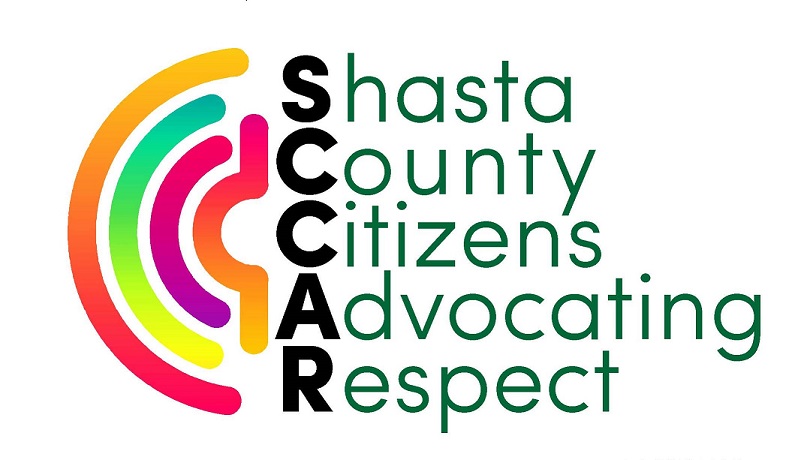
10 ways to stand up to hate
When Bias Motivates an Unlawful Act, it is Considered a Hate Crime
Hate today wears many faces. Bias incidents (eruptions of hate where no crime is committed) tears communities apart and con escalate into actual crimes.
Since 2010, law enforcement agencies have reported an average of 6,000 hate crimes or incidents per year to the FBI, but government studies show that the real number is far higher – an estimated 260,000 per year. Many hate crimes never get reported, in large part because the victims are reluctant to go to the police.
In addition, many law enforcement agencies are not fully trained to recognize or investigate hate crimes, and many simply do not collect or report hate crime data to the FBI.
Bias is a human condition and American history is rife with prejudice against groups and individuals because of their race, religion, disability, sexual orientation or other characteristics. As a nation, we’ve made a lot of progress, but stereotyping and unequal treatment persists.
THE GOOD NEWS
All over the country, people are fighting hate, standing up to promote tolerance and inclusion. More often than not, when hate flares up, good people rise up against it – often in greater numbers and with stronger voices than those expressing hate.
You can stand up to hate and promote tolerance in your community by employing these 10 Principles.
1. ACT
Do something. In the face of hatred, apathy will be interpreted as acceptance by the perpetrators, the public, and worse, the victims. Community member must take action: If we don’t, hate persists.
2. JOIN FORCES
Reach out to allies from churches, schools, clubs, and other civic groups. Create a diverse coalition. Include children, police, and the media. Gather ideas from everyone, and get everyone involved.
3. SUPPORT THE VICTIMS
Hate crime victims are especially vulnerable. If you are a victim, report every incident – in detail – and ask for help. If you learn about a hate crime victim in your community, show support. Let victims know you care. Surround them with comfort and protection.
4. SPEAK UP
Hate must be exposed and denounced. Help news organizations achieve balance and depth. Do not debate hate group members on conflict-driven forums. Instead, speak up in ways that draw attention away from hate, toward unity.
5. EDUCATE YOURSELF
An informed campaign improves its effectiveness. Determine if a hate group is involved and research its symbols and agenda. Understand the difference between a hate crime and a bias incident.
6. CREATE AN ALTERNATIVE
Do not attend a hate rally. Find another outlet for anger and frustration and for people’s desire to do something. Hold a unity rally or parade to draw attendion away from hate.
7. PRESSURE LEADERS
Elected officials and other community leaders can be important allies. But some must overcome reluctance, and others their own bias, before they are able to take action.
8. STAY ENGAGED
Promote acceptance and address bias before another hate crime can occur. Expand your comfort zone by reaching out to people outside your own groups.
9. TEACH ACCEPTANCE
Bias is learned early, often taught at home. Schools can offer lessons of tolerance and acceptance. Host a diversity and inclusion day on campus. Reach out to young people who may be susceptible to hate group and propaganda and prejudice.
10. DIG DEEPER
Look inside yourself for biases and stereotypes. Commit to disrupting hate and intolerance at home, at school, in the work place and in faith communities.
